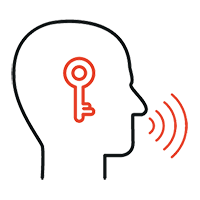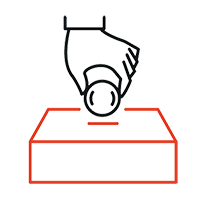VoiSentry use cases

Contact centres
Perhaps the most widespread use of voice biometrics is within the contact centre space. Using speech to verify and authenticate callers saves time and effort for both the customer and the agent, by eliminating the tedious security questions at the beginning of every customer service engagement.

Fraud prevention
Voice biometrics is an effective fraud prevention technology. With identity theft on the rise, multi-factor authentication is increasingly used to prevent unauthorised access to customer data or financial resources. Voice biometrics adds a secure authentication factor that is spoof resistant.

Voice signatures
For certain applications, voice biometrics can be leveraged to create voice signatures, a legally binding method of underwriting documents such as life assurance policies. Voice signatures can also be used to authorise financial transactions where PCI DSS compliance is mandated.

Workforce management
Voice biometrics is already playing an essential role in workforce management applications. For organisations with a large, distributed workforce, speaker verification is a secure alternative to badging systems, providing a GDPR compliant solution that helps to reduce personnel absenteeism.

Financial services
The global financial services market has been transformed in recent years. Mobile banking and other FinTech solutions have made customers’ lives easier but have added a greater degree of risk. Voice biometrics is being used to process thousands of verifications a day, in multiple languages.

Public services
Voice biometrics is being leveraged across the public services domain to establish caller identity in a wide range of applications. For benefit services, it provides proof of life. For prison telephone systems it provides undeniable proof of identity, enabling controlled access to inmate privileges.

Healthcare services
For healthcare applications, such as those related to patient management and electronic health records, voice biometrics provides an additional layer of security that prevents unauthorised access to patient records. It also meets the strict compliance obligations of HIPAA and HITECH.